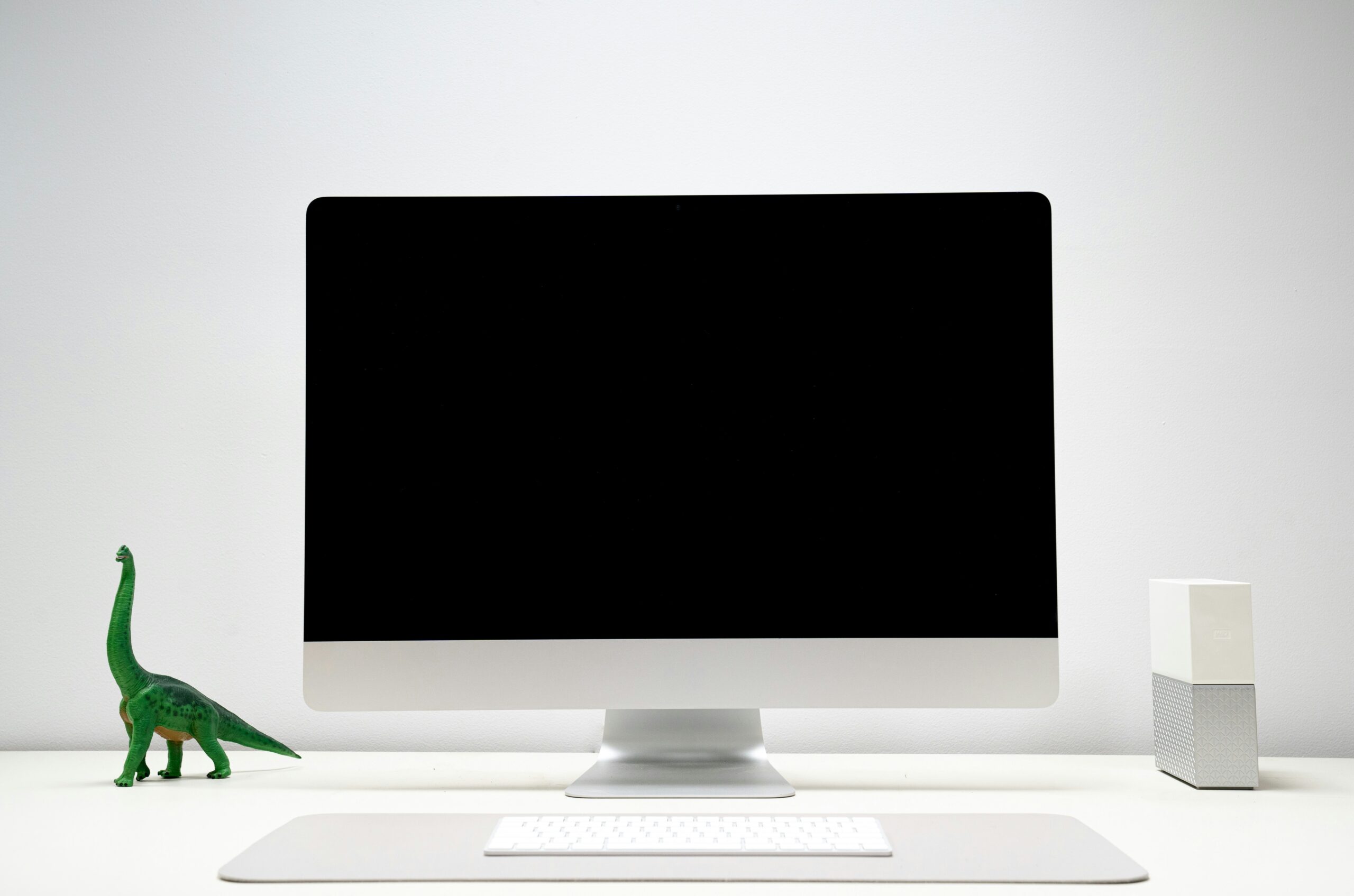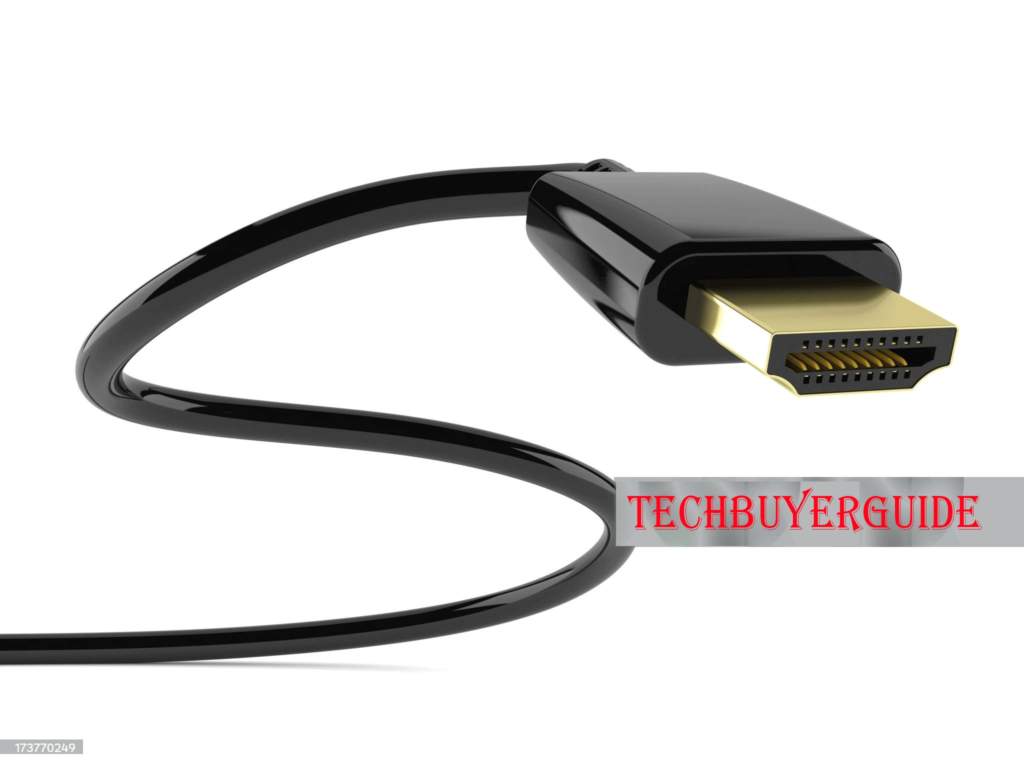
Don’t panic if you’re facing the frustration of a black screen or no display when you turn on your computer. There are steps you can take to troubleshoot and fix the issue. Keep calm and follow these simple steps to get your computer up and running again. You’ve got this!
Make sure the monitor is turned on
It is absolutely crucial to check the power status of the monitor before anything else. If the power LED is not on, regardless of the color, make sure to press the power button again. If the light still doesn’t come on after several attempts, it’s time to move on to the next step. This may seem like a basic step, but it is the foundation of troubleshooting any monitor issues. Don’t underestimate its importance.
How to turn on a computer monitor or another display.
See if the computer is asleep
Hey guys, if you ever come back to your computer and find a black screen, there’s no need to panic! Your computer is just taking a little nap. Just give your mouse a little nudge, click those mouse buttons, or hit any key on the keyboard to wake it up. And if none of those tricks work, just press the power button and watch that screen light up again. It’s as easy as pie!
Check the connections
You absolutely need to make sure that all your cables are properly connected! A loose or improper cable connection between your computer and monitor can easily cause that annoying black screen. Take the time to double check and ensure that everything is securely plugged in. Trust me, it will save you a lot of frustration in the long run.
Check the power cable
Please ensure that you check if the monitor has power by looking for a blue, green, or orange light on the front or bottom of the bezel. If there are no lights, make sure the monitor is connected to a working wall outlet. If the power cord is removable, try replacing it with another power cable. If you’ve tried different outlets and cables and the monitor still won’t turn on, it’s likely broken and needs to be replaced. It’s important to troubleshoot and take these steps to ensure that your monitor is functioning properly.
Check the data cable

It is absolutely imperative that you double-check that the power is connected and the monitor’s data cable is securely plugged into the computer. This simple step is absolutely essential in guaranteeing that the monitor functions properly and displays the necessary information. Taking the time to verify these connections can save you from potential technical issues in the future. It’s just common sense to ensure everything is properly connected for smooth operation.
How to connect a monitor to a computer.
As technology continues to evolve, it’s important to keep up with the latest cables and ports for connecting monitors to devices. While VGA cables may have been the standard in the past, newer displays now rely on DisplayPort, DVI, or HDMI connections. If you’re having trouble getting your monitor to display an image, don’t worry! Simply try using a different data cable to make sure the connection is working correctly. This quick and easy troubleshooting step can often solve the problem and get your monitor back in action. So don’t hesitate to give it a try and get your monitor up and running again!
Reboot your computer
If you ever find yourself in a situation where your computer screen goes black and you can’t see anything, the most effective solution is to reboot the computer. All you need to do is press and hold the power button until the computer turns off. Once the lights are off and the fans stop spinning, wait a few seconds before turning the computer back on by pressing the power button. And if your monitor works when you first boot up the computer but then goes blank once Windows starts, don’t worry, there are additional steps you can take to troubleshoot the issue.How to fix distorted video after increasing resolution in Windows.
The computer is not passing POST
If your computer is failing the Power-On Self-Test (POST), it won’t start up or show any response, and your monitor will stay black. If you’re hearing beeping noises or seeing unusual lights when trying to turn on your computer, it’s crucial to follow the POST troubleshooting steps to figure out and fix the problem. Don’t brush off these signs – take action and troubleshoot the issue to get your computer back in working order.
Hardware issues
If you’ve followed the suggestions provided and your screen is still black, it’s possible that your computer may have a faulty monitor, video card, or motherboard. But don’t worry, we have some suggestions on how to troubleshoot and proceed from here.
Borrow someone else’s computer monitor and connect it to your computer
It’s pretty clear that if one monitor is functioning perfectly and the other isn’t, it’s definitely time to invest in a new monitor. Although it’s technically feasible to have the malfunctioning monitor repaired, purchasing a new one is typically a more budget-friendly and hassle-free choice.
Disconnect your monitor and connect it to another computer
Don’t panic if your monitor isn’t working on your computer. One potential solution is to try removing the video card from the affected computer and installing it in another computer. If the monitor works on the other computer, then the issue may not be with the video card. But if it still doesn’t work, it’s likely that the video card is the problem and needs to be replaced. Don’t let this issue hold you back – take action and get that video card replaced!
- My video card isn’t working.
- If you’ve already tried your monitor and video card on another computer and they’re working perfectly, then it’s clear that the issue lies with your motherboard. Instead of wasting time and money trying to fix it, the best solution is to replace the motherboard altogether. It’s the most practical and effective way to get your computer back in working order. For troubleshooting tips to confirm the problem with your motherboard, check out the link below. Don’t delay, get your computer back up and running as soon as possible!
- How to test a computer motherboard and CPU for failures.
- Replace the computer’s power supply
- If you’re having trouble with your computer, it’s crucial to troubleshoot the components to pinpoint the issue. If you’ve already ruled out the monitor, video, and motherboard, the problem could lie with the power supply. It might not be providing enough power to the computer, causing the issues you’re facing. Think about replacing the power supply with a new one that matches or exceeds the original wattage rating. You can physically check the power supply to verify its output and ensure it’s the right fit for your computer. Don’t let a faulty power supply limit your computer’s performance.
- How to install a computer power supply.


